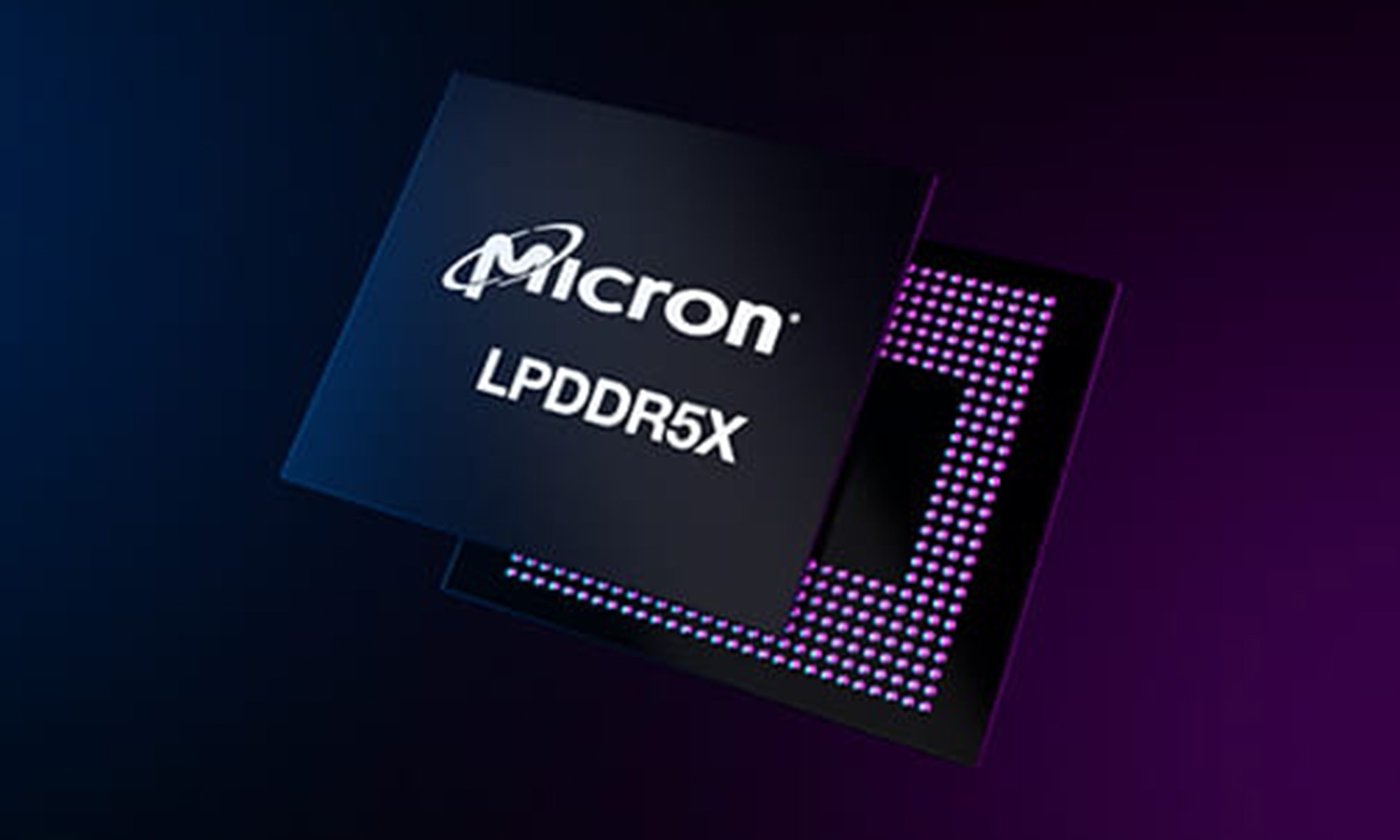Chipmakers Micron Technology (MU +7.76%) and Cypress Semiconductor (CY +0.00%) both posted solid gains in 2017. Micron rallied 88%, Cypress rose 33%, and both stocks beat the NASDAQ's 28% gain.
I compared these two stocks last May, and concluded that Cypress' better-diversified business and less cyclical market made it a slightly better pick than Micron. I was clearly proven wrong, but I think it's time to take a fresh look at both stocks to see if the situation will change this year.

Image source: Getty Images.
Micron's strengths and weaknesses
Micron is the world's third-largest maker of DRAM chips and its fourth-largest maker of NAND chips. Samsung is the dominant player in both markets. To keep pace with Samsung, Micron develops newer memory technologies like 3D Xpoint and 3D NAND with its longtime partner Intel.
Micron's growth is highly cyclical, and relies heavily on memory prices. When memory prices dropped in 2015 and 2016, Micron posted six straight quarters of annual revenue declines. But as supplies tightened and prices surged over the past year, Micron posted five straight quarters of double-digit sales growth -- and analysts expect its revenue and earnings to respectively rise 37% and 96% this year.
However, the key question is whether or not prices can keep climbing. The bulls believe that the expansion of memory chips into new markets beyond PCs and mobile devices -- like connected cars and Internet of Things (IoT) devices -- could prevent memory prices from dropping as significantly as they did in previous downturns.
But the bears believe that an oversupply is imminent as the major players ramp up production and new factors -- like the state-backed production of memory chips in China -- enter the picture. Wall Street also believes that memory prices will peak later this year, causing Micron's revenue to dip 1% in 2018 as its earnings drop 12%.
Cypress' strengths and weaknesses
Cypress produces embedded analog and memory chips for the industrial, automotive, enterprise, and consumer markets in three main categories -- MCUs (microcontroller units), specialty memory chips, and connectivity chips.
Cypress' memory business mainly produces specialty chips -- like NOR, static RAM, ferroelectric RAM, and other niche NAND chips -- that don't directly compete against market heavyweights like Samsung or Micron but still benefit from rising memory prices.

Image source: Getty Images.
Much of Cypress' core business is built on acquisitions -- its memory business comes from its acquisition of Spansion in 2015, and most of its connectivity business comes from its purchase of Broadcom's (AVGO +2.63%) wireless IoT business in 2016. By bundling many of these products together via its "Cypress 3.0" initiative, the chipmaker plans to become a "one-stop embedded solutions provider" for the IoT market. It's also the industry's leading provider of USB-C charging solutions.
In recent quarters, Cypress has benefited heavily from the growth of the automotive and industrial markets. Automakers are adding an increasing number of chips to their connected cars, while industrial customers are installing more chips in their machinery for automation and analytics purposes. Analysts expect these growth markets to respectively boost Cypress' revenue and earnings by 20% and 76% this year.
However, much of that growth comes from the company's acquisition of Broadcom's wireless business. After year-over-year comparisons normalize, Cypress' revenue is expected to rise 7% next year as its earnings climb 38%.
Comparing the valuations and dividends
At first glance, Micron looks extremely undervalued at 5 times next year's earnings. However, Micron trades at that discount because investors expect memory prices to peak over the next few quarters. But if the market expands and softens the blow, the stock could still have a lot more room to run.
Cypress also looks fairly cheap at 14 times next year's earnings. That compares favorably to larger rivals like Broadcom and Texas Instruments (TXN +1.30%), which respectively have forward P/E ratios of 14 and 24.
Cypress also pays a forward dividend yield of 2.9%, which is higher than Broadcom's 2.6% yield and Texas Instruments' 2.3% yield. Micron, which usually invests its earnings back into R&D, doesn't pay a dividend.
The winner: Cypress Semiconductor
Micron probably still has room to run, but I think its steam could run out later this year. Therefore, I'd rather stick with Cypress -- which provides diversified exposure to the high-growth automotive, industrial, and IoT markets -- all while paying a generous dividend.








